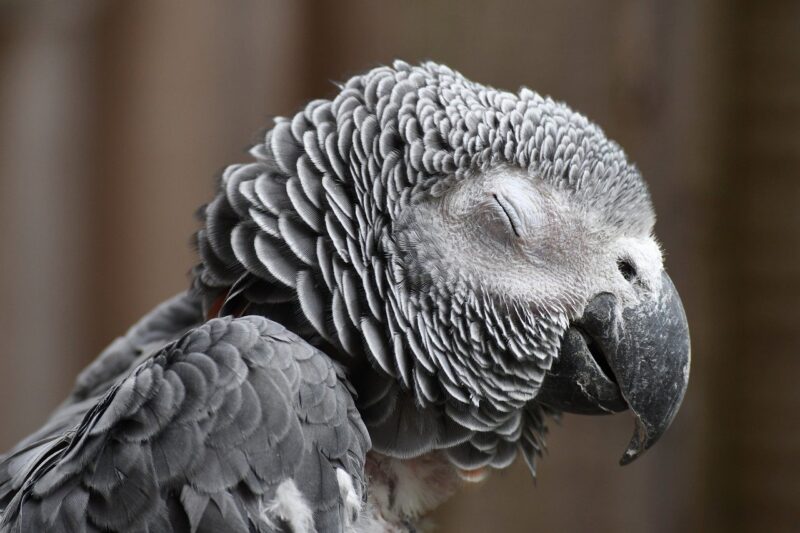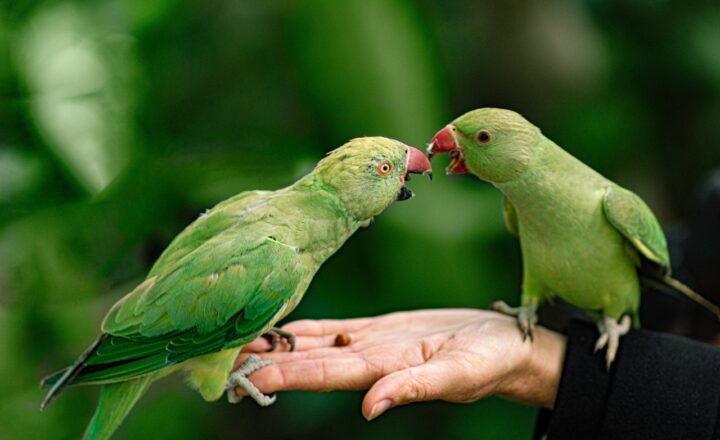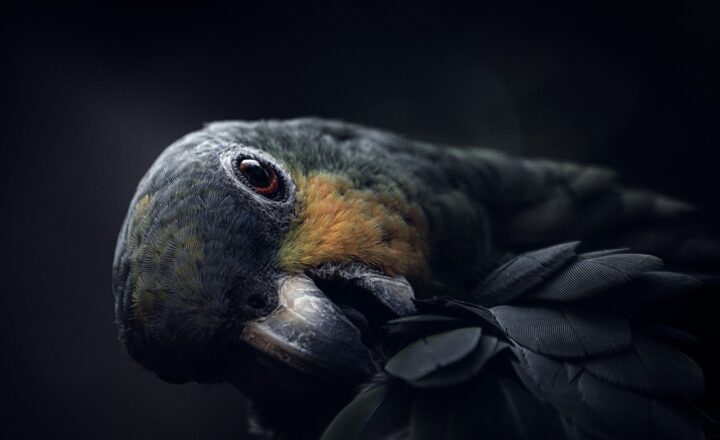The Art of Parrot Communication: How to Understand and Talk to Your Parrot Like a Pro
November 13, 2024

Parrots are among the most intelligent and social animals, known for their vibrant personalities and ability to mimic human speech. Understanding and communicating with a parrot goes beyond mere vocal mimicry; it involves developing a rich, interactive relationship with these fascinating creatures. In this comprehensive guide, we’ll delve into the intricacies of parrot communication, including recognizing their vocalizations, understanding body language, and fostering effective dialogue with your feathered friend.
1. The Importance of Communication with Parrots
Establishing a strong line of communication with your parrot is crucial for both their mental well-being and your relationship. Parrots are incredibly social animals that thrive on interaction. Misunderstanding their needs or emotions can lead to behavioral issues, such as aggression or loud screaming. By learning how to communicate effectively, you can foster a harmonious and fulfilling relationship with your pet.
Understanding your parrot’s vocalizations and body language can also help you respond appropriately to their needs, ensuring they feel safe, loved, and mentally stimulated. Whether you’re raising a budgerigar, African grey, or macaw, the principles of effective communication remain the same.
2. Vocal Communication: What Your Parrot is Really Saying
Parrots possess an astonishing range of vocalizations, from whistles and chirps to loud squawks and chatter. Each sound can convey different meanings, depending on the context. Here are some common vocalizations and their potential meanings:
- Chirps and Whistles: Often a sign of contentment or eagerness to interact, these sounds indicate a happy parrot ready for attention.
- Squawking or Screaming: This can signal distress, boredom, or a call for attention. If your parrot becomes noisy, it’s important to assess the situation and find out what they need.
- Mimicking Human Speech: When parrots mimic words or phrases, they are often learning and seeking interaction. Responding positively can encourage further vocalization and bonding.
- Purring Sounds: Similar to a cat’s purr, this indicates a relaxed state. It’s often encountered when the parrot is comfortable and enjoying interaction with their owner.
To communicate effectively, listen attentively to your parrot’s vocalizations, and try to match their tone to encourage mutual understanding.
3. Body Language: The Non-Verbal Cues You Can’t Ignore
Communication with parrots isn’t solely dependent on vocal sounds; their body language plays a crucial role. Parrots use various physical cues to convey emotions and intentions. Here are some key aspects of parrot body language to observe:
- Feather Position: A parrot that puffs up its feathers might be feeling threatened or excited. Conversely, feathers that lay flat against the body indicate a relaxed state.
- Head Bobbing: Bobbing their head often signals excitement or an invitation to interact. Respond by speaking to them or moving closer.
- Tail Position: A tail fanned out may indicate readiness to play or show curiosity, while a tucked or lowered tail usually means discomfort or fear.
- Beak Movements: A parrot that is gently nibbling or rubbing its beak may be showing affection, while aggressive movements might be a warning sign to keep distance.
Recognizing and interpreting these signals can significantly enhance your communication skills and overall relationship with your parrot.
4. Creating a Communication Environment
To foster effective communication, it’s essential to create an environment that encourages engagement. Here are some tips on how to foster open dialogue with your parrot:
- Spending Quality Time: Regularly dedicate time to interact with your parrot. This builds trust and deepens your connection, making communication easier.
- Use Positive Reinforcement: Encourage your parrot to vocalize and respond by rewarding them with treats or praise. This not only strengthens communication but also promotes desirable behaviors.
- Imitating Sounds: When you mimic your parrot’s sounds, it can create a sense of camaraderie and encourage them to vocalize more often.
- Limit Stressors: Ensure your parrot feels safe and secure in their environment. Reducing exposure to stressors such as loud noises or sudden movements can help them remain calm and engaged when communicating.
By implementing these strategies, you can create an open and inviting atmosphere for your parrot to communicate freely.
5. Training Your Parrot to Talk
Teaching your parrot to talk requires patience and consistency. It’s a rewarding process that enhances your communication with your pet. Here’s how to approach training your parrot to speak:
- Start with Simple Words: Choose a few easy words or phrases, like “hello” or “goodbye,” and repeat them clearly and frequently during interactions.
- Use Visual Cues: If possible, associate specific words with actions or objects. For instance, saying “treat” while giving them a snack reinforces the connection between the word and its meaning.
- Practice Regularly: Consistency is key. Spend a few minutes each day focused on teaching and encouraging verbal communication. Frequent repetition helps reinforce learning.
- Reward Success: Whenever your parrot mimics a sound or word, even imperfectly, provide praise and rewards to encourage further attempts.
- Be Patient: Not all parrots will learn to talk at the same pace. Stay patient and remain positive throughout the process, fostering a supportive learning environment.
Training can significantly enhance your bond with your parrot and open up a new channel of communication.
6. Troubleshooting Communication Issues
Just like people, parrots have their off days, and sometimes you may encounter difficulties in communication. Here’s how to navigate common issues:
- If Your Parrot is Noise-Making Excessively: Assess environmental triggers and try to remove or minimize them. Engage them in play or talk to deflect their attention from the source of stress.
- Refusal to Interact: If your parrot seems uninterested or unresponsive, it might be feeling overwhelmed. Provide a calm environment and allow them some space before trying again later.
- Suspicion or Fear in Communication: If your parrot shows signs of fear during interactions, reconsider your approach. Use a softer tone and check body language to ensure you’re not scaring them further.
Understanding these common issues will help you address the root causes and foster a more reliable channel of communication.
Conclusion
Mastering the art of parrot communication is a rewarding journey that enhances your relationship with your feathered companion. By honing your skills in vocal understanding, body language interpretation, creating an inviting communication environment, and employing effective training techniques, you will become adept at conversing with your parrot like a pro. Remember that patience and positivity are key elements in this journey.
By fostering a strong connection and recognizing your parrot’s unique personality, you’ll unlock a world where both human and parrot can communicate seamlessly. With effort, love, and dedication, you can ensure that your parrot feels heard, valued, and truly connected to you as a beloved family member.






